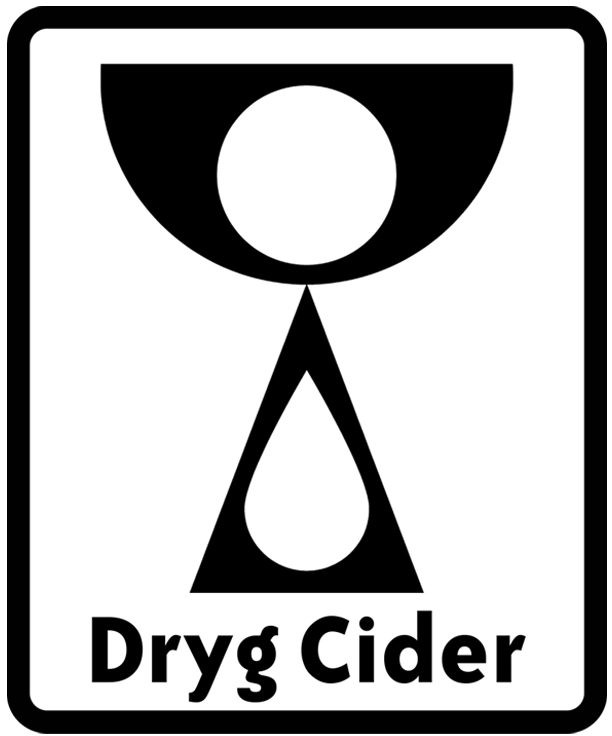Description
On a hot day in the summer of 2018, the craving for a really good dry English cider became too much for John Taylor. The only sensible solution was to make it himself. Two farmer and drinker friends understood the brilliant idea and set off in the autumn to collect 1400 cider apple trees (and some Perry pears too) in the South West of England.
We have 15 different apple varieties and four pear varieties in our cultivation, which have been refined since the Middle Ages in the cider-producing countries of England, Spain and France into a tannin-rich and tasty drink. Dessert and table apples contain a lot of sugar and acid, and when the sugar is fermented into alcohol, usually only the acid remains, making it difficult to achieve a balanced flavour in a dry cider. A number of varieties such as Cox Orange, Spartan, Belle de Boskoop and Gravensteiner can be used with good results, but true cider apple varieties give a more nuanced flavour that goes well with food. Vegetarian, poultry, pork and Asian especially work well. The combination of cider and cheese is often called "a marriage made in heaven".
The fruits are harvested in September to November, when they are really ripe. They are washed, crushed, pressed and the cider is then allowed to ferment slowly in an unheated room during the winter. We use sulphite to kill bacteria and then let the natural yeast work together with white wine yeast. The cider is allowed to mature in the spring, and the different batches are tasted and blended before finally being bottled or barreled. To get bubbles in the cider, a small amount of must or sugar is added together with yeast and carbon dioxide is formed naturally in the bottle when the carbon dioxide from the fermentation is pushed into the liquid.
All our cider is made from 100% must from locally produced apples.
Yours sincerely / John, Johan and Torun





